Fiber optics is no longer an unfamiliar term to many people. In telecommunications, fiber optics is considered an indispensable “powerful assistant.” So, what exactly is fiber optics? What is its structure, and how does it serve such an important role in modern life today? Where can you find high-quality, reliable, and reasonably priced fiber optics for sale?
Introduction to Fiber Optics
Fiber optics are made from glass or plastic strands with an extremely small diameter, about the size of a human hair. These strands are bundled together and referred to as fiber optic cables. Fiber optics are widely used in telecommunications, with their primary function being the transmission of signals over long distances.
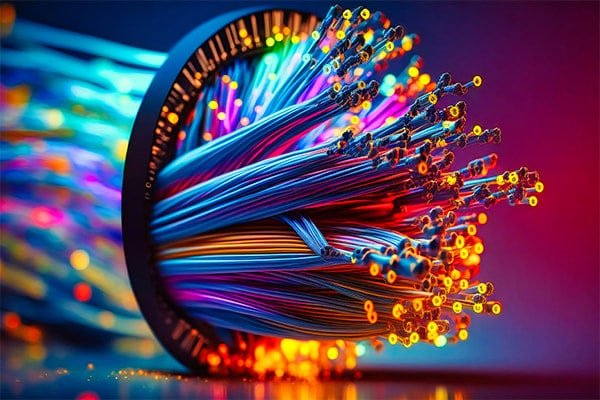
The optical fibers are coated with a reflective layer to enhance signal transmission. The main mechanism behind fiber optics is light-based transmission, allowing signals to travel farther, faster, and with less interference compared to other mediums.
Types of Fiber Optics
Fiber optic cables are generally classified into two main types: Multimode and Single mode:
- Multimode Fiber Optic Cable: This type has a larger core and is suitable for short-distance data transmission. It is commonly used in internal network systems or lighting systems. Multimode cables can achieve data transmission speeds of up to 10G or 40G.
- Single Mode Fiber Optic Cable: This type has a smaller core and can transmit data over distances of hundreds of kilometers. Since it transmits only a single light beam, it is less affected by dispersion. Single Mode fiber is highly regarded for its data transmission speed and security, making it the preferred choice for many customers. It can be used in various environments such as overhead installations, duct installations, or direct burial.
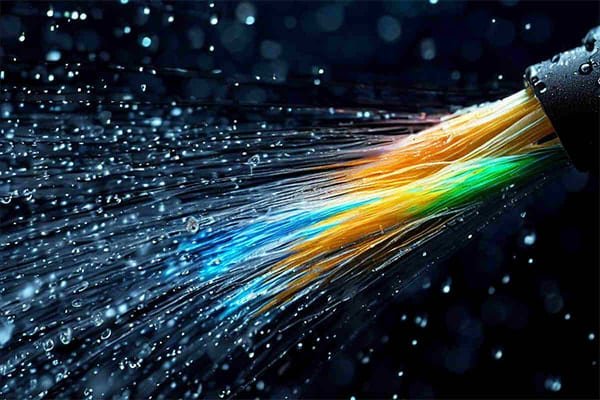
===> Learn more: A Complete Guide to Home Lighting Automation
Structure and Applications of Fiber Optics
Structure
- Core: The core is made of glass or plastic and is where the light enters and reflects, enabling light transmission.
- Cladding: This is a reflective layer that surrounds the core and reflects light back into it, ensuring minimal signal loss.
- Coating: A flexible outer layer that protects the core and cladding from dust and scratches, as well as from moisture and bending.
- Strength Member: Often made of Aramid yarn, metal strands, or a corrugated steel tape to provide extra support and durability.
- Outer Jacket: The outermost layer protects the bundled fibers from environmental impacts such as physical damage, moisture, and pests.
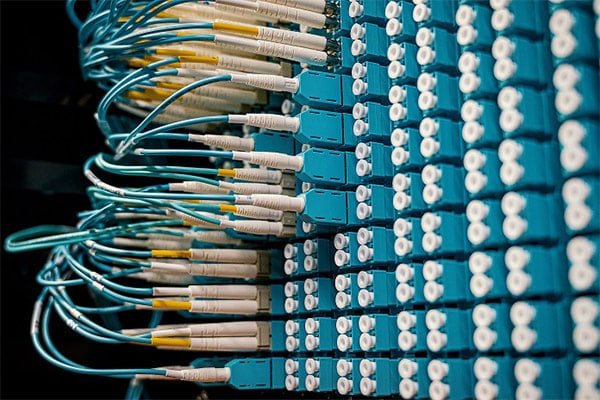
Practical Applications of Fiber Optics
Fiber optics are crucial to telecommunications and have a wide range of applications. Some of the most common uses include:
- In Telecommunications and Internet: With its high-speed data transmission capabilities, fiber optics is widely used in telecommunications and internet networks. Compared to traditional copper cables, fiber optics are less bulky, lighter, more flexible, and able to transmit more data.
- In Cable Television: Due to its high bandwidth and signal transmission speeds, fiber optics is ideal for transmitting high-definition TV signals. Moreover, fiber optics are often more affordable than the same quantity of copper cables.
- In Telephone Systems: Fiber optics are used for both domestic and international phone systems, enabling clearer, uninterrupted calls with faster connections.
- In Computer Networks: Fiber optics makes networking between computers within a building faster and more reliable, also saving time when transferring files and information.
- In Medicine and Commerce: Optical communication plays an important role in medical procedures, enabling surgeries without invasive techniques. Light-based transmission allows for safer, more effective surgeries.
- In Lighting and Decoration: Fiber optics are also used in lighting and decoration systems. They offer efficient, quick, and cost-effective lighting solutions, perfect for making events or parties more festive and dazzling.
- In Aerospace and Military: Thanks to their high-speed transmission and secure communication capabilities, fiber optics are ideal for use in military and aerospace communication systems, ensuring sensitive information is transmitted securely without interference.
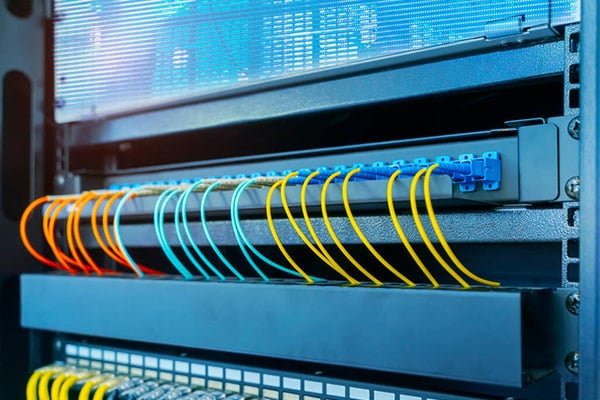
Types of Fiber Optic Cables
Today’s market offers a wide variety of fiber optic cables, differing in function, brand, and price. Customers can easily choose a product that fits their needs and budget. Below are some common types of fiber optic cables:
- FTTH Fiber Optic Cable: Commonly used by internet service providers for delivering network services to households or small LAN setups.
- Duct Fiber Optic Cable: This type is round with a hard outer shell and uses loose tube technology to withstand physical impact and external forces.
- Aerial Fiber Optic Cable: Similar to duct fiber but with added strength through steel reinforcement, making it resilient to outdoor conditions.
- Direct-Burial Fiber Optic Cable: Also known as armored fiber cables, these have a metal layer for additional protection, ideal for burying underground or in ducts.
- Tactical Fiber Optic Cable: Typically used for live broadcasts due to its flexible, durable design that can be coiled and transported easily.
- ADSS Fiber Optic Cable: A non-metallic overhead cable often used in trunk lines due to its high endurance and low sag.
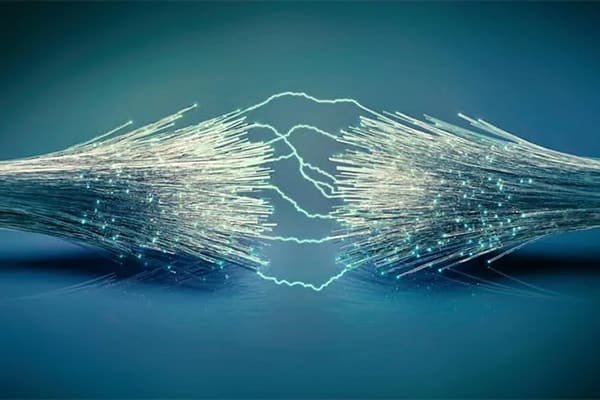
Criteria for Choosing the Right Fiber Optic Cable
Based on Environment
When selecting fiber optic cables, it’s crucial to consider the environment in which they will be used. Factors such as humidity and temperature should guide your decision. Indoor fiber optic cables require fire-resistant properties, while outdoor cables need UV protection to withstand harsh conditions.
For underground environments, cables should have an internal steel layer to resist impact and pests.
Based on Transmission Distance
Distance and transmission application are also key criteria. For long distances and high speeds, Single Mode fiber is ideal, capable of transmitting data over several kilometers. For shorter distances and lower speeds, Multimode fiber is more appropriate.
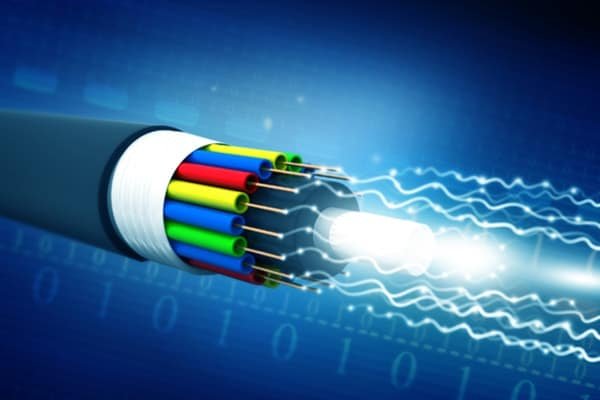
Choosing the right fiber optic cable that matches your specific requirements will ensure optimal performance. If you still have questions, feel free to contact NT Security for further advice!

